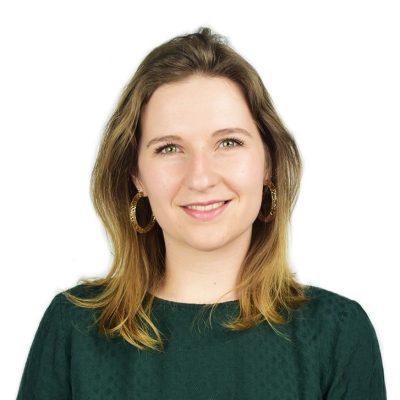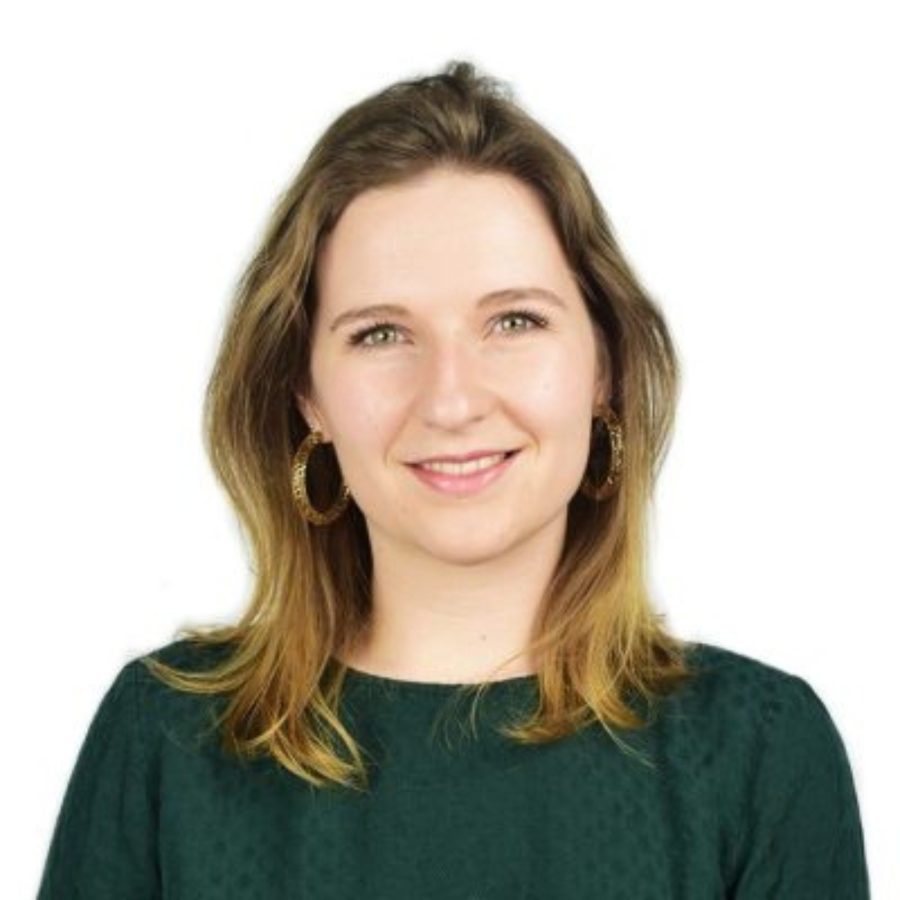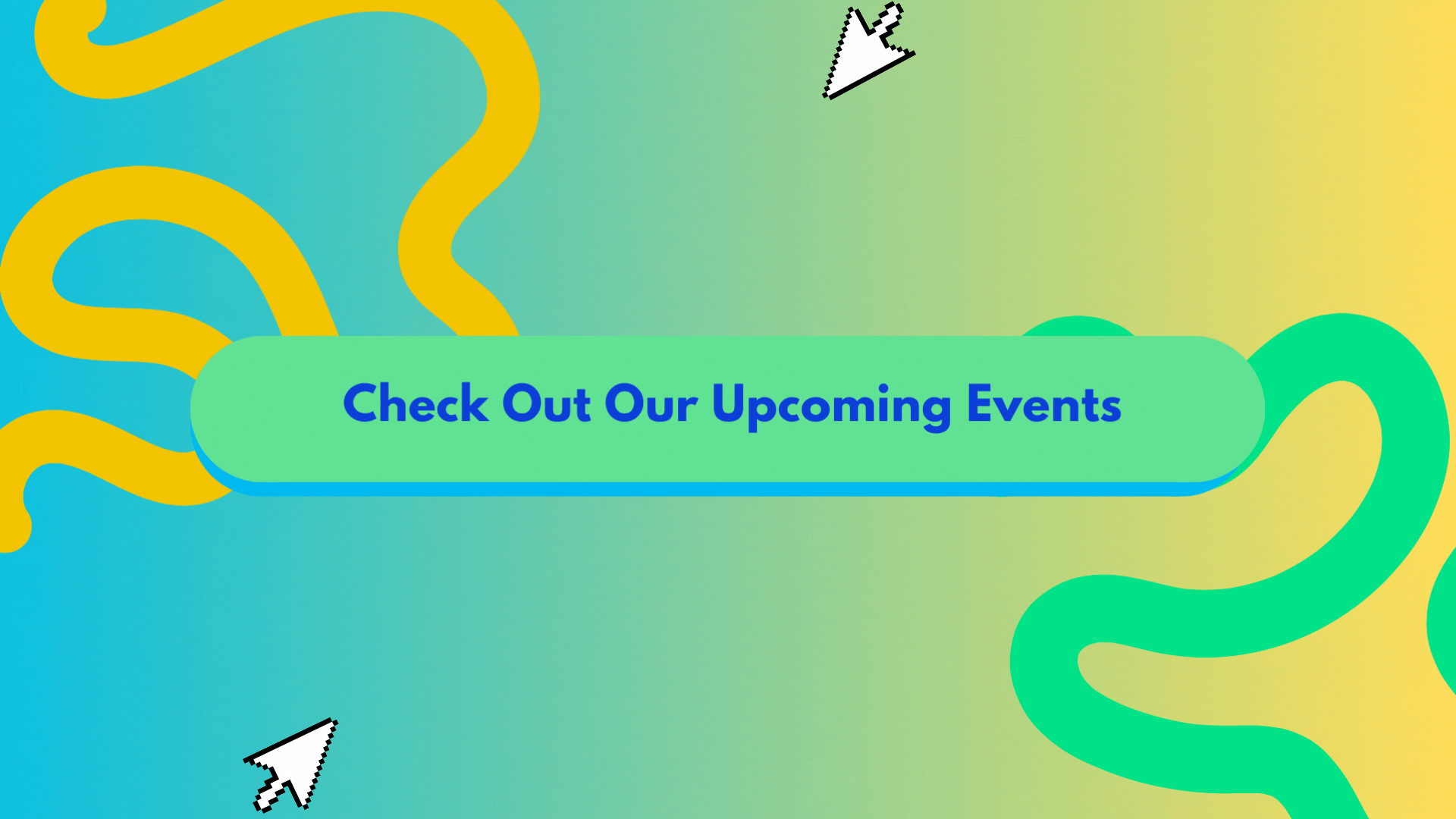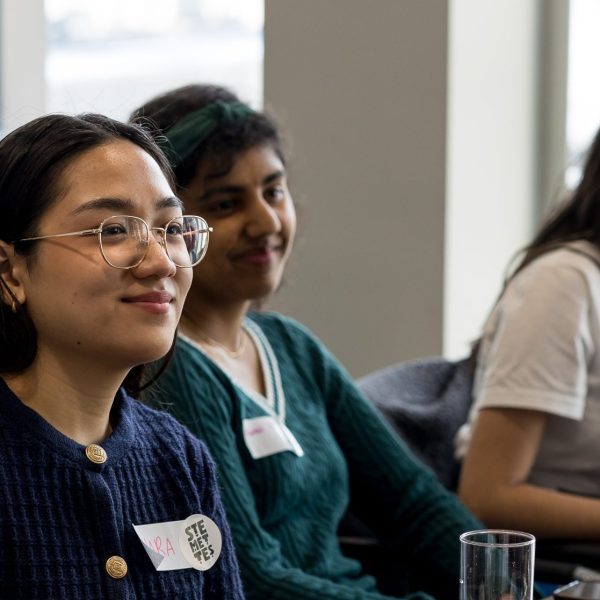Women in Tech of the Month explores the achievements of women who are breaking gender stereotypes to build technology-based careers. This month, in honour of International Day of Women and Girls in Engineering, we’re celebrating Catherine Hildersley! In this interview, we hear more about her role, her career journey so far, and the advice she gives to women looking to enter the industry.

Describe your role and what a typical day would look like for you
I’m a Mechanical Engineer at PA – it’s the broadest of the engineering disciplines.
A typical day varies a lot, depending on the type of project I’m working on and which phase it is in. Most projects involve designing and then building prototypes. In the early phases, we’ll spend time sketching, brainstorming concepts, and meeting with stakeholders. We also need site visits to assess existing assets or other inputs to the project. Then it’s generally lots of computer work, researching parts, and making 3D and 2D drawings. Eventually, we build and analyse the prototypes. Throughout this process, good teamwork and engagement are critical.
As a whole, my role entails solving problems and making something better. This might be improving production processes, creating a new product to make people smile, or designing a surgical tool to save people’s lives. Regardless of the aim, each project brings learning opportunities.
What has your career journey been like so far?
Despite always loving to problem-solve and being curious about how things worked, I wasn’t sure I wanted to be an engineer. I studied Engineering Science at university because I felt it gave me the most options. I also got to combine many of the things I loved – art, maths, and science. It was only during an internship at PA that I realised how fun engineering could be. I saw it could involve a lot of travel, exploration, and people skills.
When PA acquired a design and engineering team in Boston, I had the opportunity to help with the initial transition and continued to stay permanently.
I was drawn to technical consulting for a multitude of reasons. I’ve been able to learn so many different things and solve a wide range of problems. In my field of work, we tend to have so many ‘Eureka’ moments!
What advice would you give to other women looking to pursue a career in engineering?
Despite always loving to problem-solve and being curious, I wasn’t sure I wanted to be an engineer. I studied Engineering Science at university because I felt it gave me the most options. I also got to combine many of the things I loved – art, maths, and science. It was only during an internship at PA that I realised how fun engineering could be and saw it could involve a lot of travel, exploration, and people skills.
So, after finishing my degree at the Global Innovation Technology Centre in Cambridge I joined PA. Here, I had some great opportunities to see inside many industries and travel the world alongside this. When PA acquired a design and engineering team in Boston, I had the opportunity to help with the initial transition and continued to stay permanently.
I was drawn to technical consulting for a multitude of reasons. I’ve been able to learn so many different things and solved a wide range of problems. In my field of work, we tend to have so many ‘Eureka’ moments!
The longer I spend in the industry, the more I realise how harmful that mentality is. Firstly, it made imposter syndrome harder to fight. Not only was I one of very few women, but there were clear examples of how different I was because of my background and experience which led to feelings of being underqualified. This, coupled with how lonely it can be as a minority, makes achieving gender diversity far more difficult. Secondly, my hobbies and experiences, while not directly related to engineering, do have transferable skills. These skills have been useful throughout my career. For example, I’ve worked on several projects where a key element of our success came from knowledge gained through my hobbies, or my unique experiences being the only woman in the team.
Ultimately, we need to find a way to overcome obstacles for women pursuing STEM careers. We need to improve accessibility by valuing diverse backgrounds. We also need to recognise a better way to identify and encourage engineering mindsets in individuals. One example: as a child, one of my favourite things to do was make origami boats sail on a padding pool. Noticing they kept sinking so fast due to water ingress, I precoated the paper with wax crayons so they would survive longer. This is an example of an engineering mindset, but not one that would necessarily be discussed with a career guidance officer or a university admissions tutor. We need to find ways to spot these skills and encourage teenagers to consider the industry, even if they’ve never cared about engines or robots.
When pursuing any career it’s important to remember that just because you’re a minority, doesn’t mean you’re an anomaly. Focus on pursuing what brings you joy, rather than the ways you’re ‘less qualified’. All experiences and backgrounds bring useful perspectives and skills, especially in consulting and engineering.
This article was written by Hannah McIntosh, a PA digital expert





